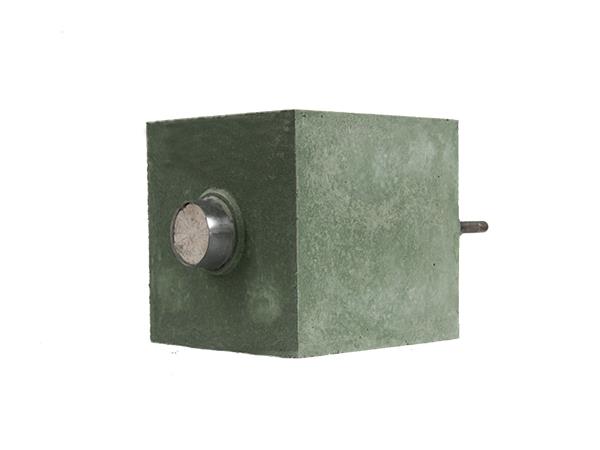Why do you need to heat up slowly when firing breathable bricks?
Breathable brick is a new type of green building material. The raw materials are mostly environmental protection materials such as cement, sand, slag, and fly ash. The surface has no cracking or delamination. It has good wear resistance and does not peel after extrusion. It is suitable for high load-bearing environments. ; Good water permeability, strong anti-skid function; The surface can maintain natural and lasting color, long service life; Smooth appearance, clear edges and corners, neat lines; High frost resistance and salt resistance; Similar products, safe to drive; low maintenance cost, easy to replace, easy to use pipes buried in the ground under the road; and in sharp contrast with the surrounding environment, so it is natural and beautiful.
Breathable brick is a new type of environmentally friendly building materials developed to solve the problem of urban ground hardening, create a high-quality natural living environment, and maintain balance. It has the advantages of ground insulation, water permeability, anti-skid, high strength, and weather resistance. So, why are breathable bricks on fire? Slow heating up during the process? The breathable brick manufacturer explains the following reasons for this problem.
The composition of the brick has crystal transformation, so the heating rate should be slow. Due to the exothermic reaction caused by the crystal transformation, the heat supply is slowly released at this time to prevent the breathable brick from cracking due to sudden thermal changes;
Bricks of breathable bricks should slow down the heating speed when sucking out gas, because there are different degrees of gas deposition, such as volatilization of adsorbed water, decomposition of organic binders, decomposition of hydroxides, etc.
If there is a liquid phase, the temperature should be raised carefully. The appearance of the liquid phase will increase the contact between the particles of the breathable brick, increase the conveying rate of the brick, slow down the temperature gradient, and help to speed up the heating rate. But if the heating rate is too fast, one side of the liquid phase will Too much, and the brick may deform and collapse due to its own weight and internal stress.

Related News
- Introduction of construction method of ramming material in intermediate frequency furnace
- How to choose the material of furnace lining
- The difference between rammer and castable
- Application direction of intermediate frequency furnace refining
- Introduction to the construction method of dry ramming material
- Do you know the production process and control points of breathable bricks?
- The application of argon blowing technology at the bottom of the intermediate frequency furnace
- Method for prolonging service life of intermediate frequency furnace lining
- In addition to diffused breathable bricks, there are those types of breathable bricks
- What are the advantages of coil cement
- Common formula production process of ramming material


